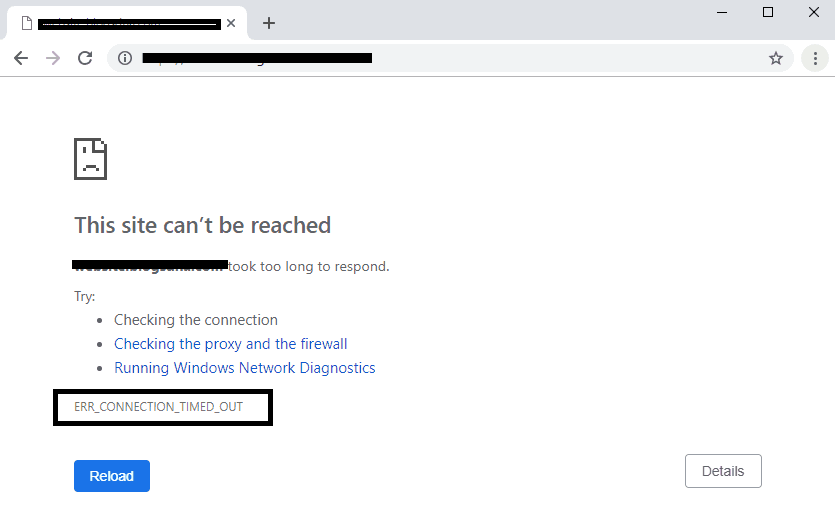Having a computer or laptop that is running slowly is an issue we’ve all experienced. Using Task Manager, you may be able to identify “TiWorker.exe” or “Windows Modules Installer Worker” as the culprit.
You’ll see that it’s consuming a lot of system resources, resulting in significant disc and CPU use. If you’ve ever wondered what “TiWorker.exe” (also known as “Windows Modules Installer Worker”) is, you’re not alone: The root of the problem is in the “Windows Update” procedure.
Windows system updates are governed by this programme. Even when you’re running Windows Update, “TiWorker.exe” will consume some of your computer’s resources in the background.

Windows 10 TiWorker.exe High Disk Usage
The TiWorker.exe process can create excessive disc or CPU use on Windows 10 since Windows 10 automatically instals the updates using Microsoft’s built-in Windows Update. As a result, minor slowdowns caused by TiWorker.exe are to be expected.
If TiWorker.exe routinely slows down or utilises a lot of CPU or disc space, this is an abnormal scenario and should be taken into consideration. The most common source of issues is Windows Update, although they can also be the result of corrupt files or out-of-date drivers.
If you have a Windows 10 PC, TiWorker.exe is an application that can consume a large amount of disc space. We’ve got some ideas for how to address this.
Read Also:
1. Obtain and Install The Latest Updates
Keeping TiWorker.exe’s resource usage low means installing all available updates.
Step 1: Select “Settings” from the “Start” menu. Click “Update and Security” under “Settings” on the left-hand menu.
Step 2: Afterwards, select “Check for Updates” and, if necessary, download and install any new ones that may be available.
2. Troubleshoot Windows Update
Any problems with the Windows Update are easily resolved by running the Windows Update Troubleshooter.
Step 1: First, hit the Windows logo key and the “R key” at the same time on your keyboard to launch the Run dialogue box. Enter “control” and click “OK” in the next dialogue box to move on to step two.
Step 2: Select “Troubleshooting” from the Control Panel. Fix difficulties with Windows Update can be found in System and Security, so click on it. Using the directions in the pop-up window, run Windows Update troubleshooting.
3. Replug Windows Update
You can restore Windows Update to its default settings by doing the actions listed below.
Step 1: On your keyboard, click ‘Windows logo’ key and ‘R’ at the same time to launch Run dialogue box.
Step 2: Type “services.msc” and click “OK” to open the Services.msc dialogue box. Restart your computer by clicking on “Restart” in the upper left corner of the screen after selecting “Window Update” in step 3.
4. Delete All Installed Updates From Windows
There have been reports of TiWorker.exe running at excessive CPU and disc consumption because of corrupted files stored in the ‘SoftwareDistribution’ folder of Windows Update. This problem can be solved by following these instructions.
Step 1: On your keyboard, click ‘Windows logo’ key and ‘R’ at the same time to launch Run dialogue box. In this dialogue, type “services.msc” and click on “OK”.
Step 2: Click on “Window Update” and then on “Stop” in the upper left-hand corner of the screen to stop it from updating your windows. In “File Explorer,” locate “C:Windows,” and then proceed.
Step 3: Click “Delete” to get rid of the “SoftwareDistribution” folder. You can now “Restart” your computer, and TiWorker.exe should be calmer than it was in Step 6.
5. SFC Scan
If your computer is running slowly, it’s possible that corrupt files are the root of the problem. You can use SFC Scan to find out if there are any issues with your computer’s files or other services.
Step 1: Using the taskbar’s lower right corner, select “Windows Logo” and select “Right Click.” Choose Windows Powershell (Admin) from the selection that appeared, and then click “OK.”
Step 2: In Command Prompt or PowerShell, type “sfc/scannow.” Once the scan is complete, press “Enter” and wait for the results.
Step 3: Reboot your computer to determine if the problem has been resolved when the scan has been completed.
6. DISM Tool
Also, you can use the Windows built-in DISM Tool, which can help you correct update issues as well as resolve the issue.
Step 1: This is the first step. To begin, right-click on “Windows Logo” in your taskbar. Choose Windows Powershell (Admin) from the selection that appeared, and then click “OK.”
Step 2: In the Command Prompt or PowerShell window, type “dism.exe /online /cleanup-image /restorehealth.” To complete the process, hit “Enter” and wait.
Try “rebooting” your computer to see if the issue has been resolved.
Read Also:
Conclusion
If your computer or laptop is running slowly, there are a few simple measures you may take to fix this issue. In order to ensure that our computers or laptops run well after any software updates, we can follow these simple and various approaches.





Leave a Reply